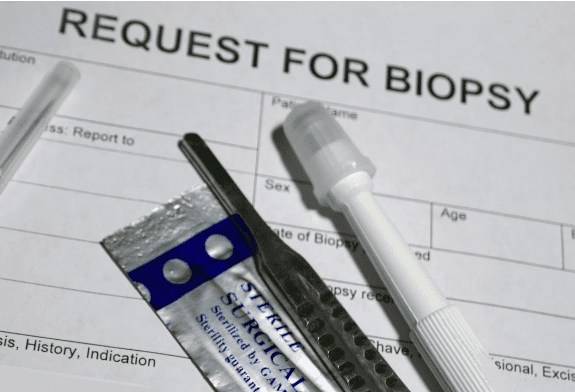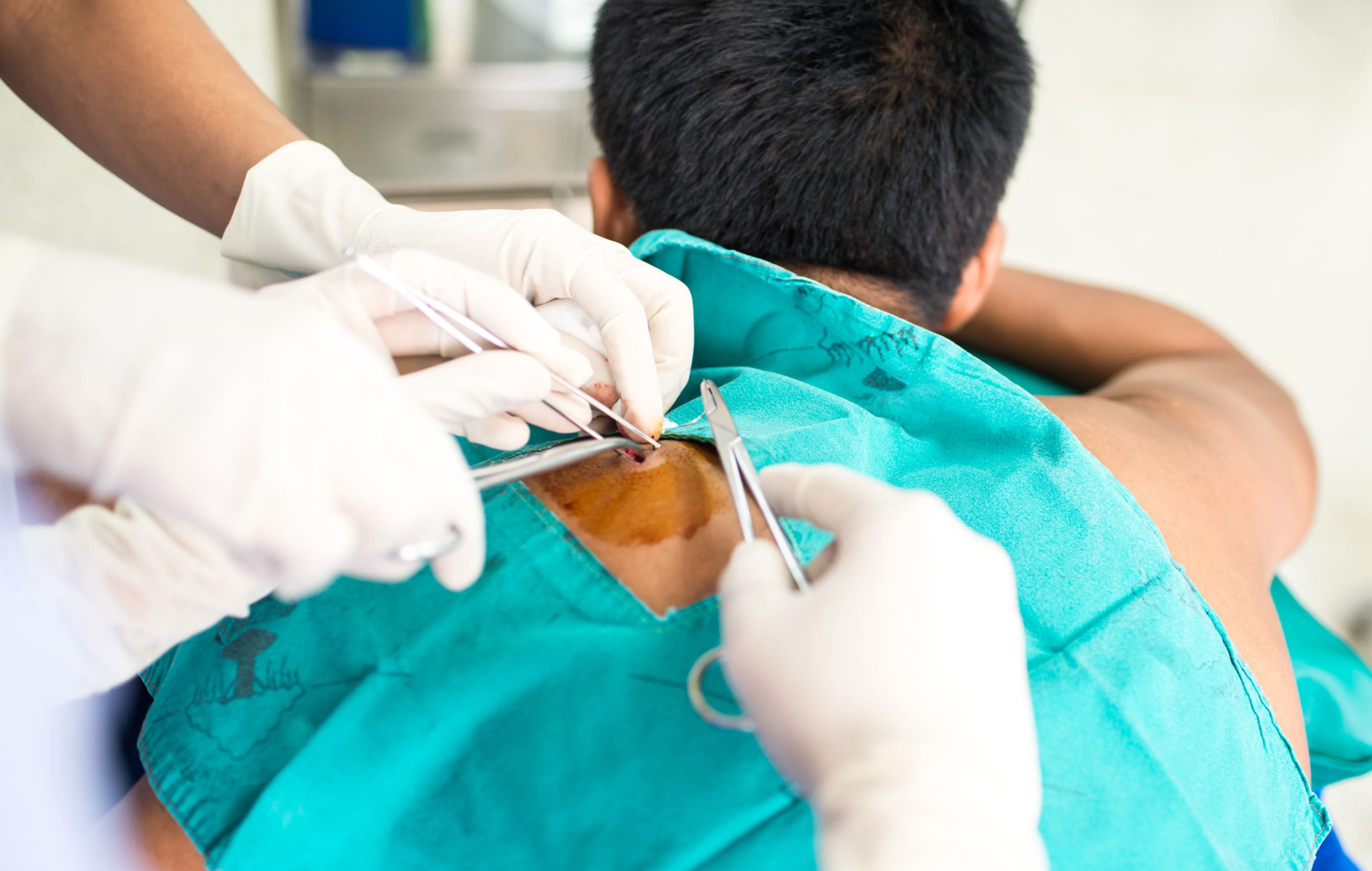
We all have moles (nevi), whether we have one or two or a hundred and one. Moles are skin growths that can be flat or raised, they can be pink, light brown to very dark brown. You usually start to get them in childhood and continue to get more through young adulthood.
Nevi that are present at birth are congenital moles. They may look more unusual or occur in more unusual areas of the skin. We watch congenital moles to make sure that they don’t grow out of proportion to the person, change shape or develop new areas of pigment or nodules. They are special skin growths because they are made of melanocytes, which can cause melanoma. So, we watch them carefully and evaluate them frequently and you should too!
If you have any new or changing moles in adulthood, be sure to get them examined by a Board-certified dermatologist. Schedule an appointment with Steele Dermatology online or give us a call at (770) 464-6000.
Medical Dermatology
What causes moles?
- Some moles are genetically programmed. In addition to congenital moles (those which are present at birth), some people are “mole-y” by design. They have lots of nevi which are usually obvious early in life (childhood-teens). These can often come from a “mole-y” parent. If you have a lot you need to check them more frequently (every 6 months – 1 year) and more carefully (by taking photos or otherwise mapping them to keep track). If you have large or irregular (also known as atypical) moles, then you may have an increased risk of melanoma. See a board-certified dermatologist to determine if they are atypical.
- Sun exposure also causes moles to appear, which is one of the reasons why we encourage patients to use sun protection and sunscreen. The more sun exposure you get, the more often you should visit a board-certified dermatologist.
Where do you get moles?
Since there are different types of moles and they aren’t only caused by sun exposure they can grow anywhere on the skin or nails. It is important to know that you may not be able to see all of them. It is very common to have them on the scalp, in the genital area, on the back, on the bottom of the feet, etc. Make sure you look everywhere you can and ask hairstylists, gynecologists, etc. to help you look as well. Schedule routine skin checks with a board-certified dermatologist for all the areas you can’t see.
How do we treat moles?
You don’t need to treat moles that appear to be normal (small, even in color, round or oval in shape, symmetric, and not changing). As discussed though, you need to watch them closely for any changes or symptoms (becoming itchy or painful). If you or your dermatologist determine anything suspicious, we will recommend a biopsy to see if there are any atypical cells present.
If atypical cells are present in the biopsied tissue, the next step is excision (surgical removal) of the lesion. This step ensures it doesn’t go on to become something worse, like melanoma. Moles should NEVER EVER be treated with a laser or destroyed without evaluation by a board-certified dermatologist. Even if you want to remove it because you don’t like it, you should always send the mole to the lab for evaluation to make sure it is safe.

Biopsy
A quick procedure where we sample and send a suspicious mole to the pathologist for diagnosis. We will numb the lesion and remove it with a small blade. Generally, we can determine if the mole is completely harmless, abnormal but not cancerous, or cancerous.

Excision
An excision is a procedure where we remove an entire lesion (rather than sample it). We do this if a biopsy on a mole determines it to be abnormal/atypical/dysplastic, or cancerous (melanoma). After the procedure, you will have stitches and certain restrictions on activity.
Schedule an Appointment
It is important to schedule routine skin checks with a Board-certified dermatologist. If you notice any new, changing or suspicious moles, schedule an appointment with Steele Dermatology or give us a call at (770) 464-6000 to have them evaluated.



